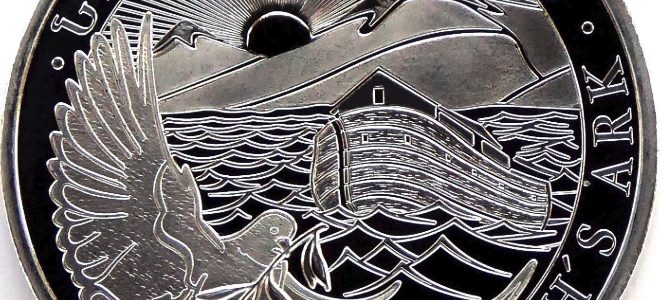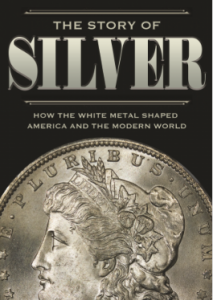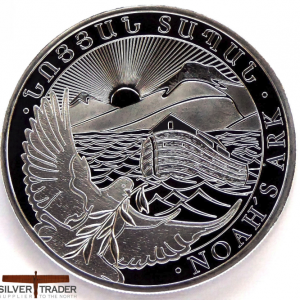
Roosevelt pumped the price of silver to help jump start the US economy



Silver has been the preferred shelter against government defaults, political instability and inflation for most people in the world because it is cheaper than gold.
In 1979, prompted by the Iranian revolution, the silver price soared seven fold from $7 to $50 an ounce in less than 12 months – a great variance than the gold market ever have witnessed.
The Story of Silver by William Silber, a professor of finance and economics at New York University’s Stern School of Business, does not give the full story of silver, no mention of ancient world where it was the metal of choice for coinage and jewellery nor the China’s pioneering experiment with paper money under the Song Dynasty gave way to a silver standard under the Mongols in the 13th century.
The story begins with George Washington’s Treasury secretary Alexander Hamilton who opted to put the fledgling nation on a bimetallic standard using both gold and silver as money, until John Sherman, a passionate advocate of a gold standard and a senator from Ohio better known for his antitrust legislation promoted the Coinage Act of 1873. The act which miners and farmers in American West dunned the Crime of 1873, caused the price of silver to fall and the money supply to contract, contributing to the Great Depression of 1873-96, creating the political divide between the conservative rural western state s and the liberal east coast , home of the big banks. The technical instructions on the operations of the mint was the measures that had the effect of demonetising the white metal.
The silverites had their revenge in the first world war when the US Treasury was required to buy domestic silver production at a fixed price above the prevailing market rate followed by Franklin Roosevelt’s establishing bimetallism in the Silver Purchase Act of 1934. The rise in silver price was devastating for China, where the appreciation of a currency that was pegged to silver hurt banks and depressed exports forced China to abandon the silver standard.
The currency freedom angered Japanese military who controlled Manchuria, as it tilted the balance of power away from politicians in favour of the generals. US Treasury Secretary Henry Morgenthau said the Treasury was giving a 50 per cent profit to the Japanese on silver smuggled out of China, declaring that “ we are giving Japan the necessary money with which to stabilise her currency and build up her fleet”.
Silber’s vivid description of Texas oil baron Nelson Bunker Hunt’s manipulation of the silver market in the 1970s and 1980s, which aroused financial stability concerns in Paul Volcker’s Federal Reserve. His heavy buying gave rise to rumours that he was out to corner the market and many big silver producers were wrong footed by the skyrocketing price of silver on the Comex Commodities Exchange.. Hunt was bankrupted as Comex changed its rules in a way designed to prick the bubble. The role of precious metals as havens in political and financial storms has decreased.
The Story of Silver: How the White Metal shaped America and the Modern World by William L Silber, Princeton £24, 352 pages.
